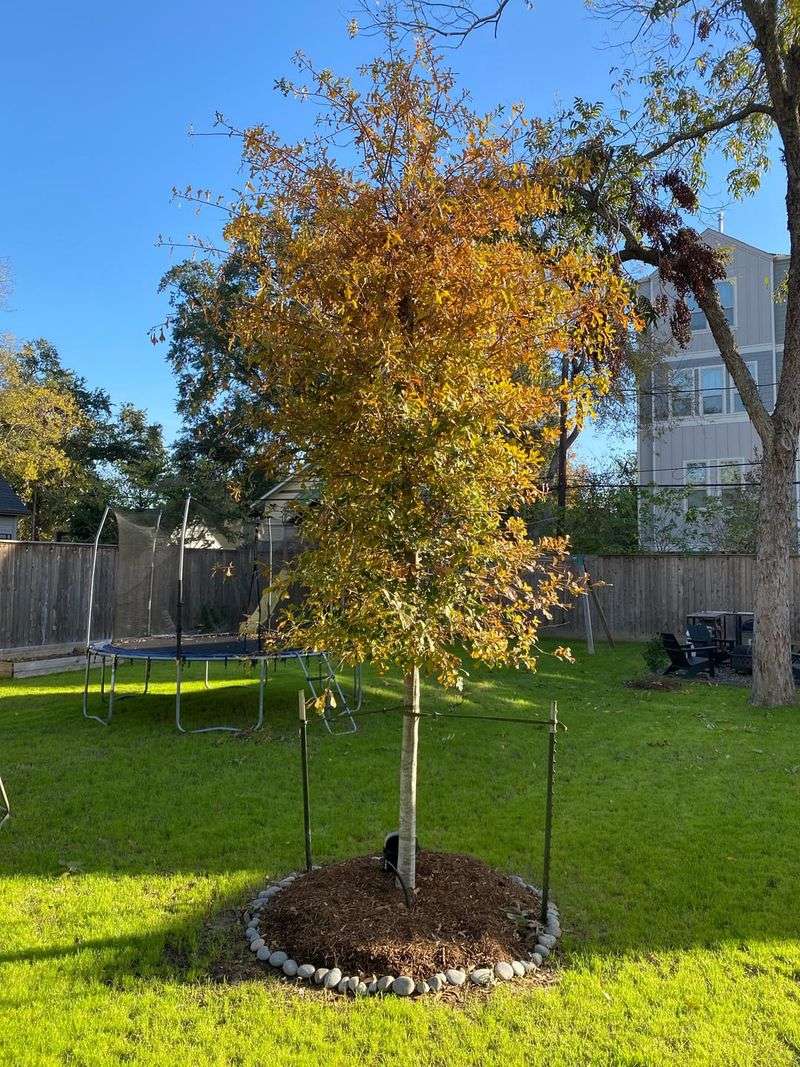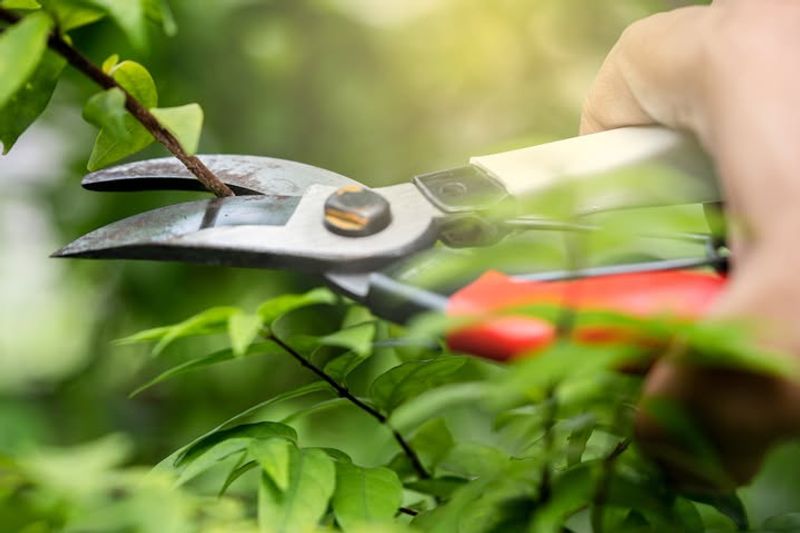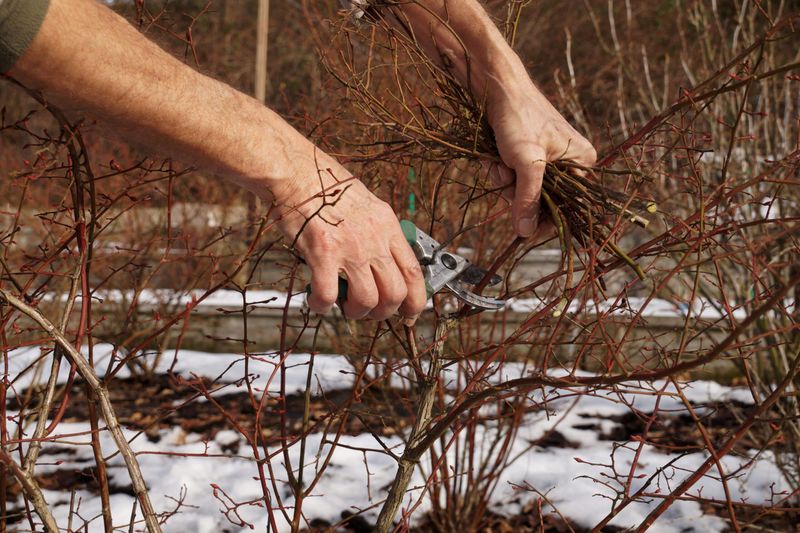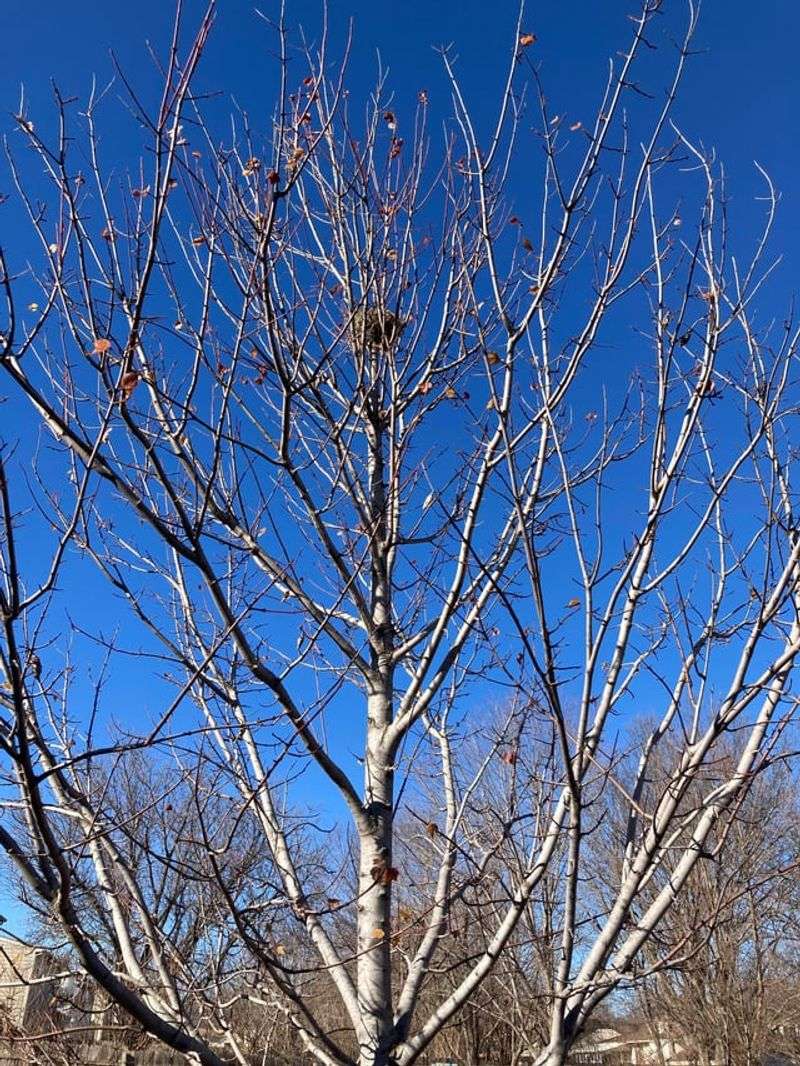When winter settles over North Carolina, experienced gardeners put down their pruning shears and wait. They know that timing matters when it comes to cutting back trees and shrubs.
Pruning during deep dormancy—that cold period when plants are fully asleep—offers major benefits that protect your landscape investment. Understanding why this waiting game pays off can transform your gardening success.
1. Plants Store Maximum Energy Reserves
Before cold weather arrives, trees and shrubs work hard to pack away nutrients in their roots and stems. This stored energy becomes their survival fuel through winter months.
When you prune after plants enter deep dormancy, they have already completed this storage process. Cutting too early interrupts this critical preparation phase.
Your plants then face spring with depleted reserves, struggling to produce new growth when warm weather returns. Waiting ensures every branch you remove was already accounted for in the plant’s winter budget.
2. Disease Spreads Less In Cold Weather
Bacteria and fungi causing plant diseases slow down dramatically when temperatures drop below freezing. Many harmful pathogens become completely inactive during the coldest months.
Making pruning cuts during deep dormancy means wounds heal with minimal infection risk. Warmer periods create perfect conditions for disease organisms to invade fresh cuts.
North Carolina’s unpredictable winter weather makes timing especially important—you want genuinely cold conditions, not just calendar winter. Clean cuts during dormancy mean healthier plants come springtime.
3. Insects Stay Hidden Underground
Boring insects and other pests that attack wounded wood remain dormant underground when temperatures stay consistently cold. These troublemakers detect fresh sap and exposed wood from surprising distances during active seasons.
Pruning while bugs sleep prevents them from discovering and colonizing your cuts. Spring and summer pruning sends out signals that attract unwanted visitors.
Deep dormancy creates a protective window when plants can heal without pest pressure. Your trees recover stronger without fighting off invaders simultaneously.
4. Branch Structure Shows Clearly
Imagine trying to organize a closet in the dark—that’s pruning when leaves hide branch architecture. Deep dormancy strips away foliage, revealing exactly which branches cross, rub, or grow in wrong directions.
You can spot problems instantly without guessing through dense greenery. This clarity helps you make better decisions about what stays and what goes.
Structural issues become obvious, and you avoid accidentally removing important branches hidden behind leaves. Better visibility equals smarter, more effective pruning choices every time.
5. Spring Growth Explodes Vigorously
Plants respond to dormant pruning like runners exploding from starting blocks when the race begins. All that stored energy redirects to fewer remaining buds, creating impressive new growth.
Pruning during deep dormancy triggers maximum spring vigor because plants channel resources efficiently. Cuts made during active growth confuse plants, forcing them to heal while simultaneously trying to expand.
Winter pruning sets up a clear plan—heal first, then grow strong. Your landscape bounces back faster and fuller than ever before.
6. Weather Damage Assessment Happens First
North Carolina winters bring ice storms, heavy snow, and unpredictable freezes that snap branches and split trunks. Rushing to prune before winter ends means guessing which wood survived.
Waiting for deep dormancy lets you see actual damage patterns clearly. You can distinguish between healthy wood and compromised branches that need removal.
This patience prevents removing branches that look questionable but would have recovered fine. Accurate assessment saves valuable plant structure and focuses effort where truly needed.







